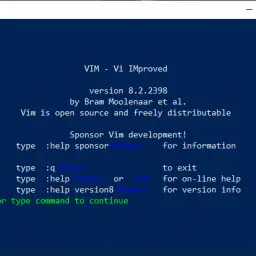Choosing a Good Programming Chair
Professional programmers spend most of our working lives sitting in front of a computer, focusing intently on the monitor and typing away at the keyboard. Even hobbyist coders can get engrossed in a difficult project, losing track of time as they dive deep into long lines of knotty and complicated code. With so many hours […]







